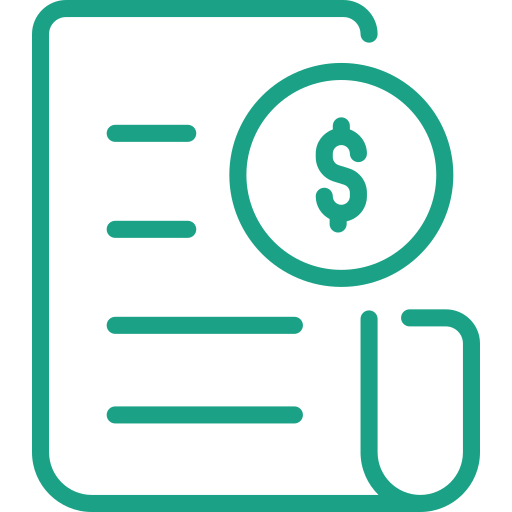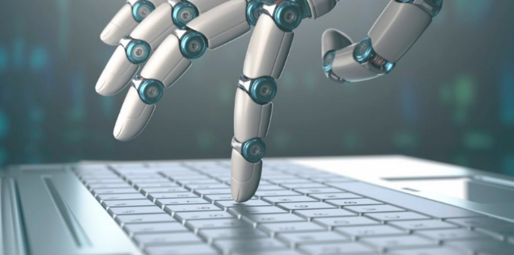Robotic Process Automation (RPA) uses software robots to automate repetitive, rules-based tasks. These robots can mimic human actions to perform tasks such as data entry or optimised processing of orders, invoices or regulatory compliance procedures.
RPA saves time and reduces errors, making you more competitive and boosting your results.
It can also be used to launch or push forward the digital transformation of your business and prepare for the integration of artificial intelligence.

Increase your company's productivity and profitability
›Once defined, robotised processes work faster, continuously and without the inevitable human errors. This considerably reduces the amount of time wasted on administrative tasks and their control.

Promote value-added tasks
›By taking care of tedious tasks with no added value, RPA allows your teams to devote more time to interesting tasks, generating better results, greater customer satisfaction and improved motivation among your employees, whose daily lives will be less tedious and more rewarding.

Gain in autonomy
›RPA ensures a reduction in the time required to complete a given task. A task that takes 5 minutes to complete by a human can be reduced to around 1 minute by a robot. Control time also becomes virtually zero, since RPA means that tasks are carried out without error, and every robot action is tracked. This productivity gain is directly reflected in your competitiveness and your results.

Gain in productivity
›The Covid crisis has shown us the limits of traditional organisation. By automating as many recurring tasks as possible, your company will no longer be at the mercy of sick leave, quarantine or inefficiencies due to teleworking.
Which tasks can be quickly automated?

Database encoding

Orders management

Billing and reminders

Regulatory processes (KYC, AML...)

Integration of an employee

Customer follow-up
What challenges does Robotic Process Automation impose for your company?
Identification of tasks and procedures to be automated
This is probably the biggest challenge, because many managers don't really know which procedures can be automated, or simply because habit means they don't even think about it.
Our teams can help you identify the tasks and processes that can be automated most easily and that will produce the greatest productivity gains.
Integration and maintenance
Once the processes have been identified, the integration of RPA into existing systems requires the involvement of experienced technicians to ensure both the right concept and implementation. Furthermore, as your company evolves, automated processes will undoubtedly need to be adapted from time to time to ensure optimum compatibility and efficiency. Expert advice is essential here too.
Getting ready for change
The introduction of task automation can be perceived, both internally and by your employees, as a reduction in their daily tasks or sometimes even in their responsibilities. But this challenge should not be a deterrent to optimising your competitiveness and your results!
If the introduction of RPA is likely to generate such fears in your company, we can help you with our HR partner specialised in change management.

